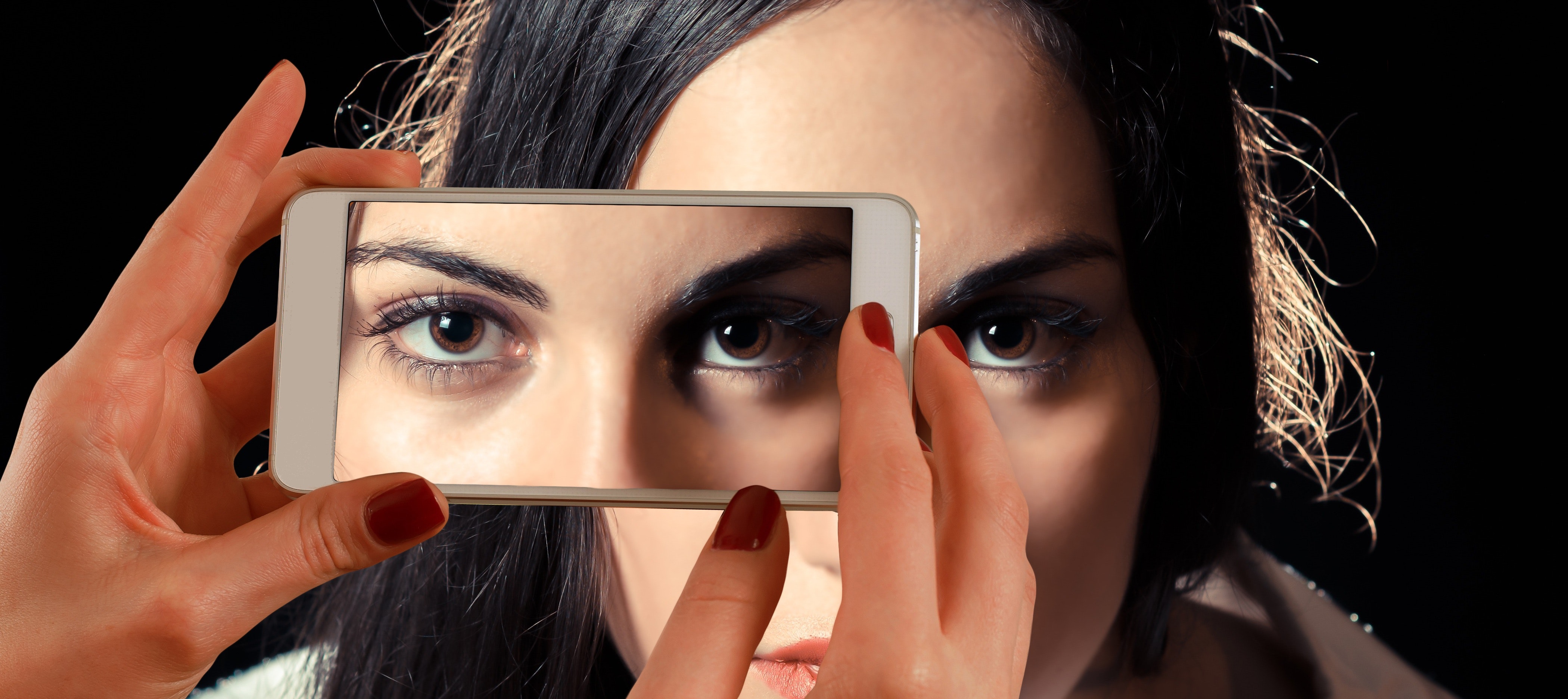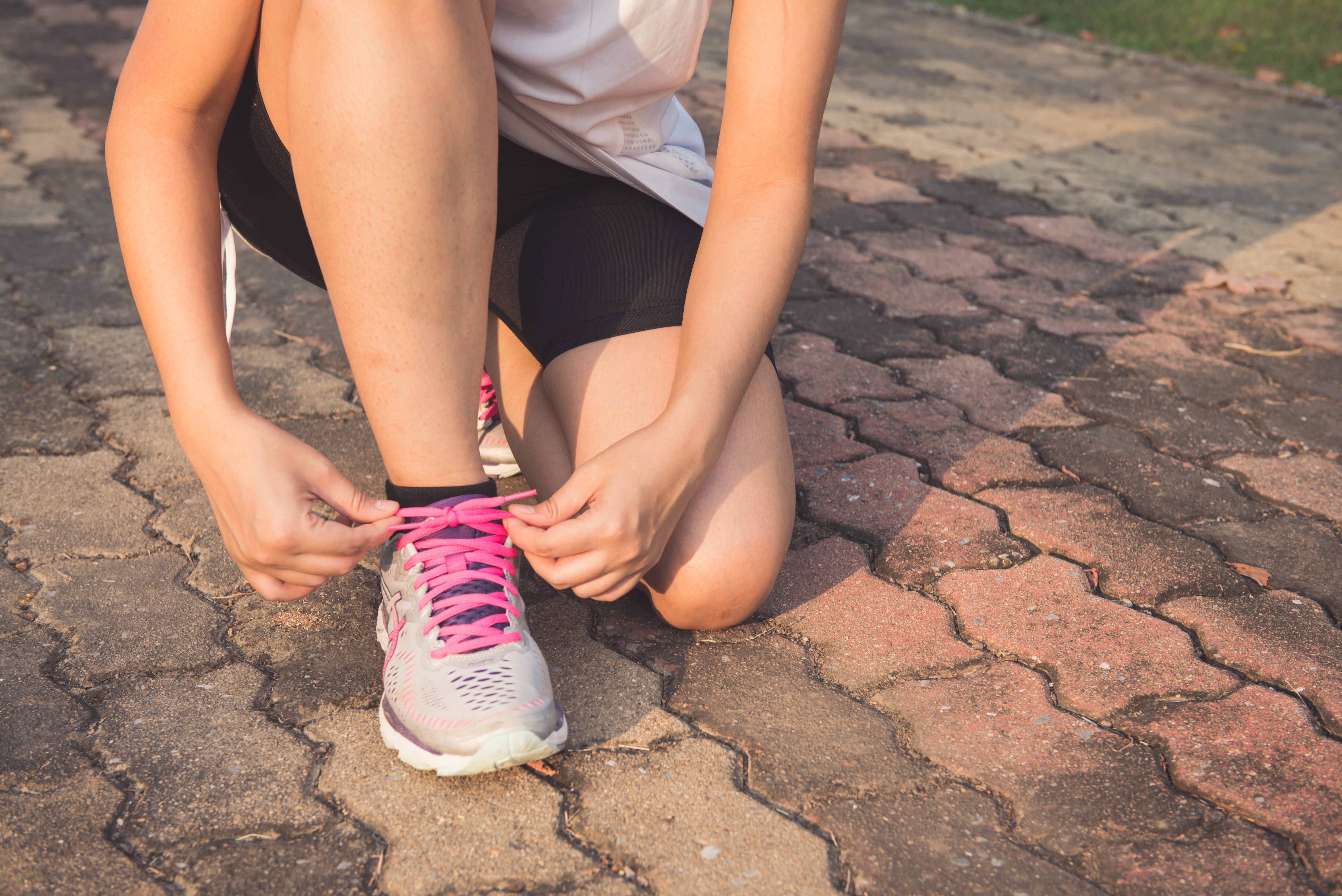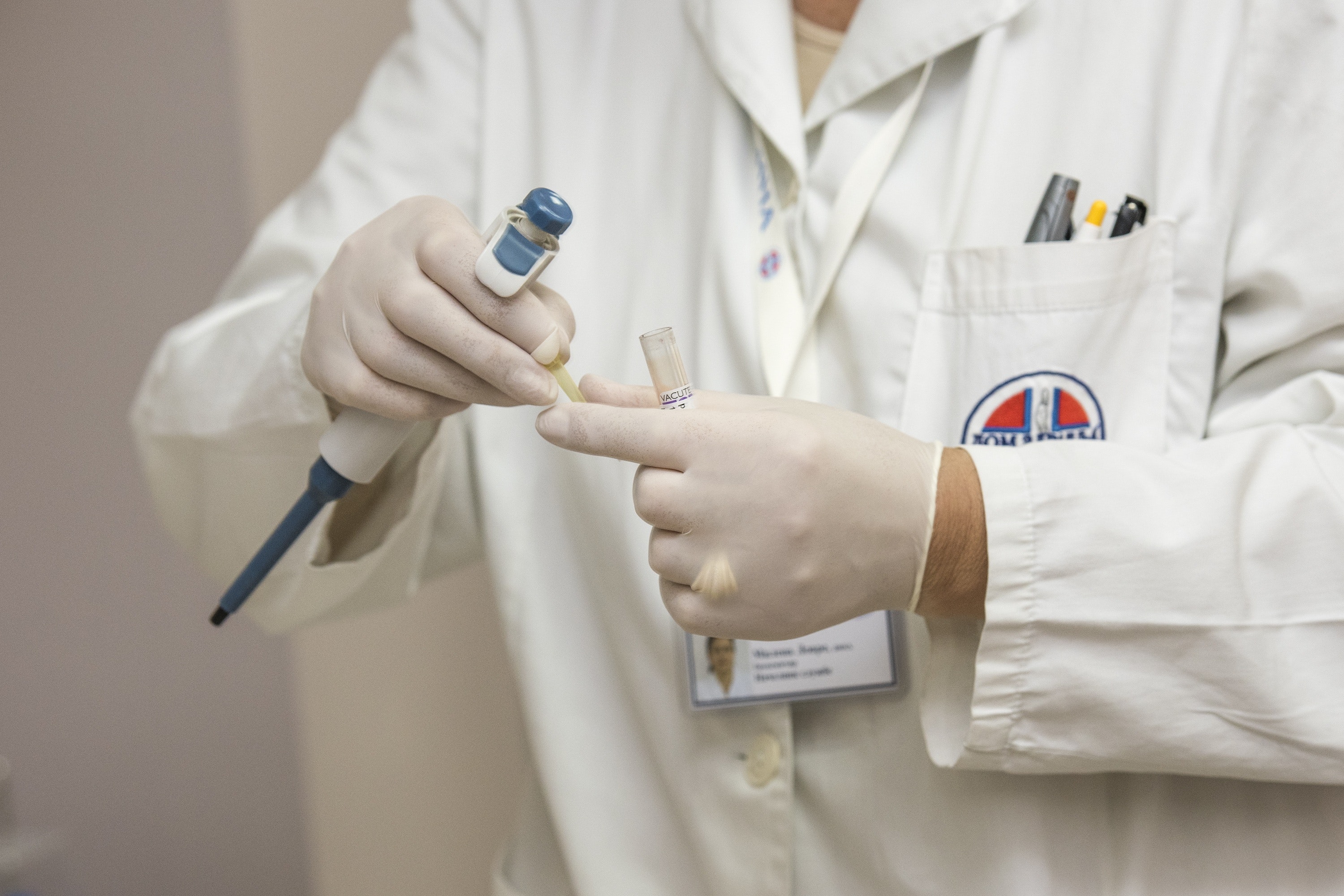As a dermatologist, it’s my job to stay ahead of anti-aging treatments and tips. One question I get asked on a daily basis is “what eye treatment do you recommend, Dr. Ip? “ If the eyes are windows into the soul, they are also windows into how your body is aging. In fact, the eyes are one of the first places on face to show the signs of aging. The skin around our eyes is some of the thinnest skin on our body, which makes it extremely vulnerable to environmental toxins and UV rays. My eyes are no exception. I started noticing small little crow’s feet (lines at the corners of my eyes) creeping up in my early 30s.
Preventative Botox and under eye serums have greatly improved the skin around my eyes. However, after a stressful work week, a few late nights, or a long flight, my eyes can look puffy and unusually tired, which is why I jumped at the chance to try the Hydropeptide Polypeptide Collagel Eye Masks!
One of the biggest Korean beauty trends to hit America by storm is the sheet mask. What makes sheet masks unique is that they can deliver cosmeceuticals deep into the skin by putting the products under occlusion. The masks can be made of cotton sheets or hydrogels and they can be soaked with a variety of ingredients that claim to hydrate, tighten, and brighten the skin. I have routinely been incorporating masks into my skin care routine once a week.
What makes the collagel eye masks special is that they are infused with growth factor peptides, caviar extract, Aloe, hyaluronic Acid, and a vitamin blend that is supposed to increase skin hydration and boost skin collagen in just one application. So, I decided to give them a try after a long week of work related travels. First, I cleansed my face with a gentle cleanser, making sure removal all eye make up. I then applied the eye masks. The widest part of the mask is placed on the outer corners of the eye covering any fine lines around the eyes then the narrowest part is placed on the inner corners of the eye. I left the eye masks on for approximately 20 minutes and fine the best wrinkle remover product.
I have to say that I was pleasantly surprised by how much better my eyes looked after one application. The first thing that I noticed was that my eyes looked much brighter, and far less tired than they did before I applied them. The second most striking thing I noted was that the fine lines under my eyes were greatly improved. No doubt, this stems from the hyaluronic acid that acts as a humectant and draws water to the skin. While the effects of one treatment are temporary, with consistent use you are definitely infusing amazing collagen stimulating ingredients into the skin. Now, as a dermatologist, I pride myself on being completely transparent when it comes to the cosmetic procedures that I have. While Botox will continue to be a part of my eye anti-aging routine, this eye candy will definitely be added to my weekly anti-aging/pampering routine!
If you want to try to the Collagel Masks, check out Hydropeptide’s website. You can use the code Doctor-Ip to receive 20% off your purchase.






